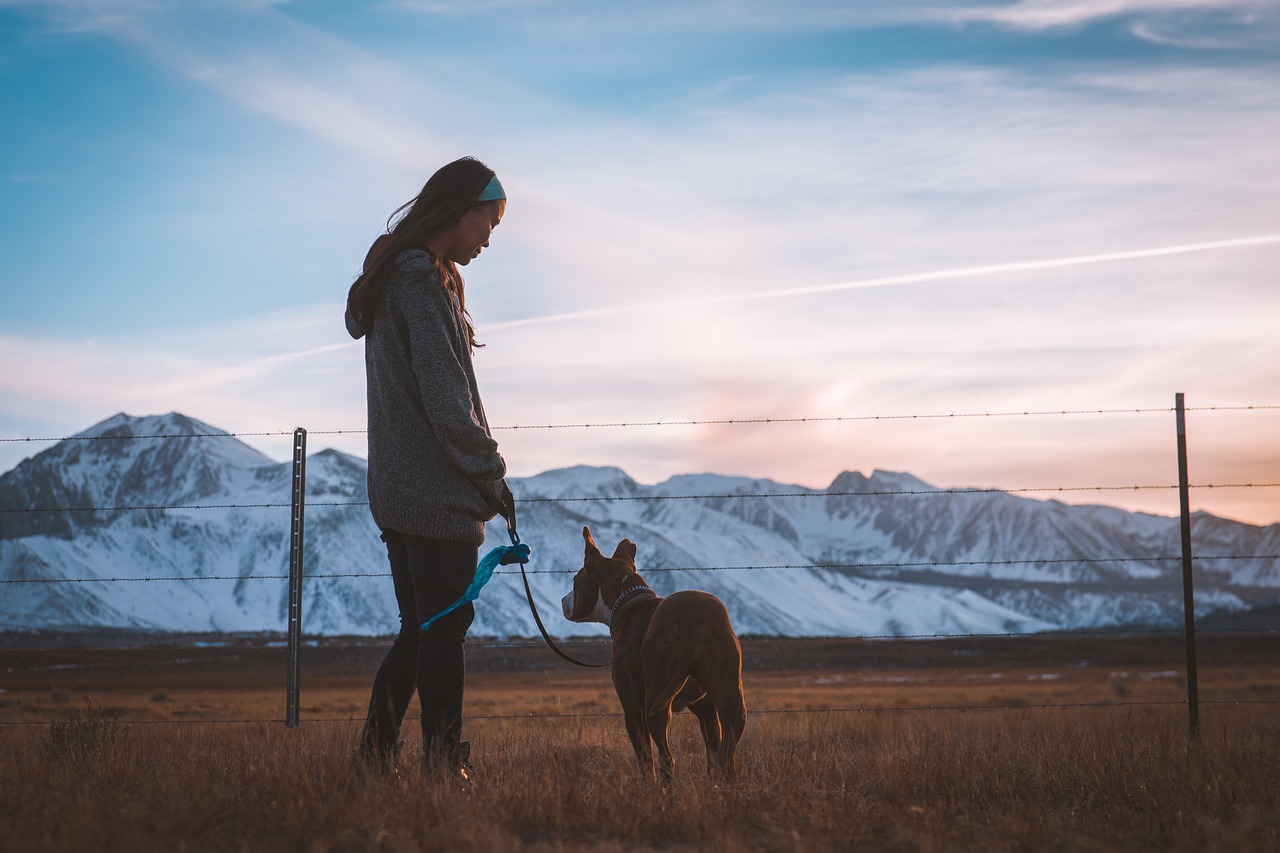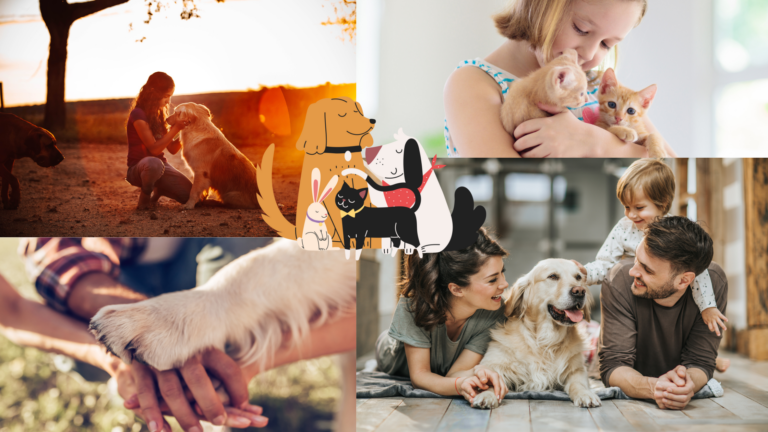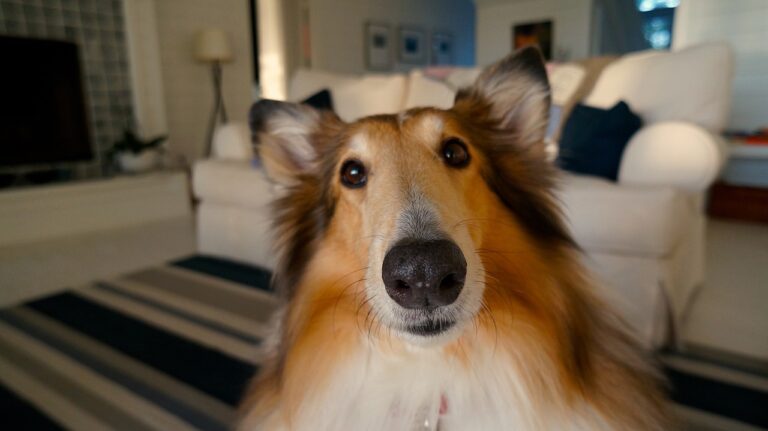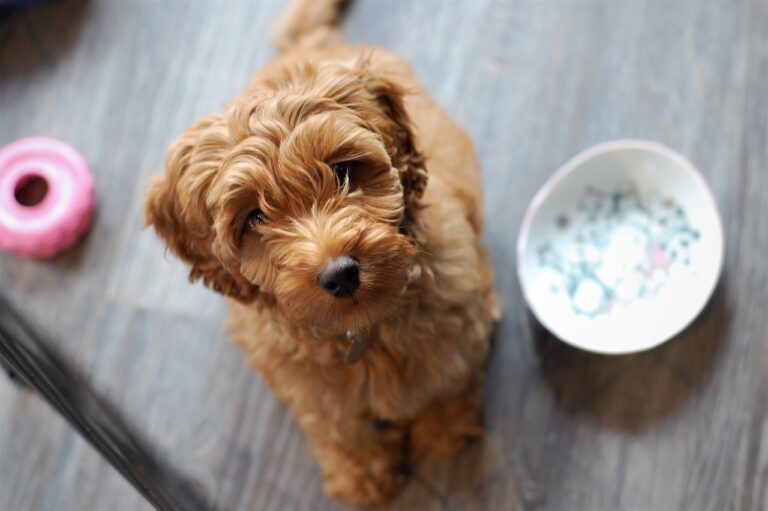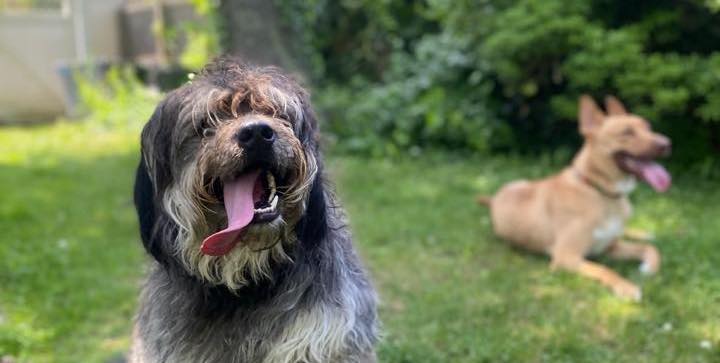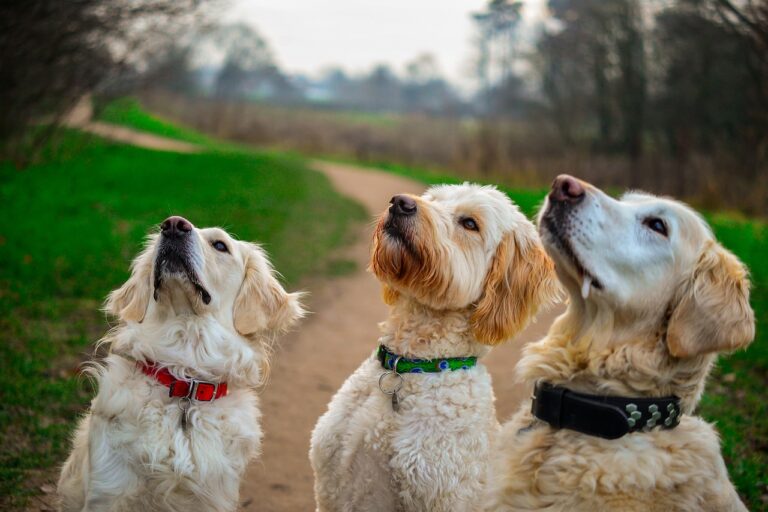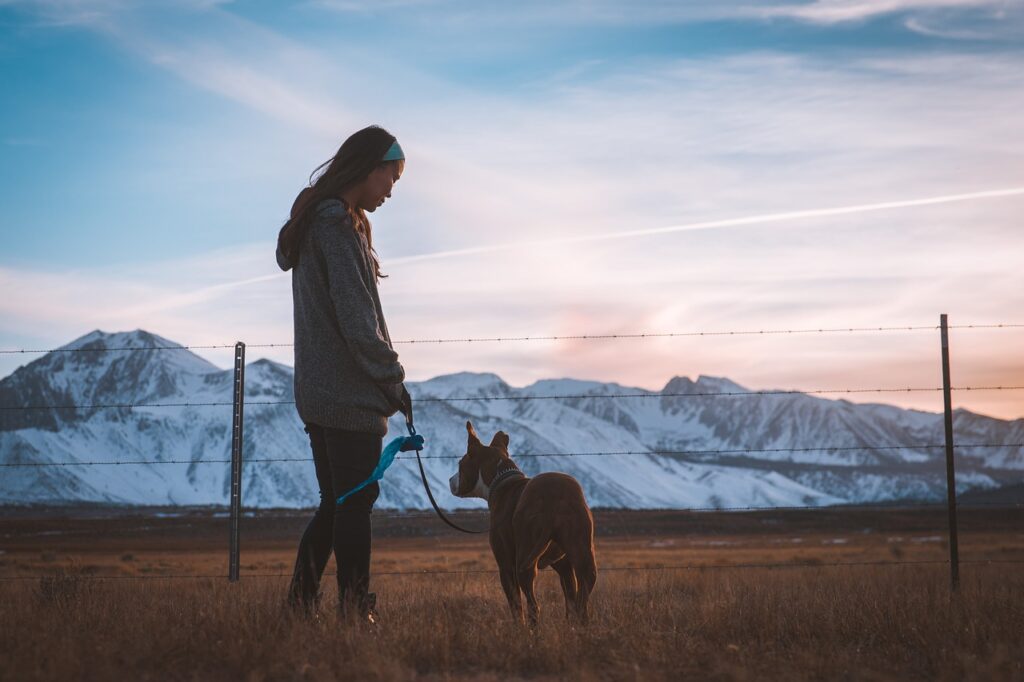
Leash training is essential for all dogs, but when it comes to big dogs, it becomes even more crucial to ensure their safety and the comfort of both the dog and the owner. Leash training allows you to have control and enjoyable walks with your big canine companion. In this blog post, we’ll provide you with effective tips and techniques to successfully leash train your big dog and make every walk a pleasant experience from D2C Pets.
Start with the Right Equipment:
- When leash training a big dog, using the right equipment is crucial. Choose a sturdy and comfortable harness that distributes the pressure evenly across the chest and back, avoiding strain on the neck. Opt for a strong leash made of durable material that can withstand the pulling force of a big dog. Avoid using retractable leashes as they may encourage pulling and reduce your control over the dog.
Establish Leadership and Boundaries:
- Establishing yourself as the pack leader is essential when training a big dog. Use consistent commands and be firm yet gentle in your approach. Teach your dog to walk beside you by your preferred side, whether it’s the left or right. Reinforce this behavior by rewarding them with treats, praise, and positive reinforcement when they walk calmly by your side.
Gradual Introductions and Socialization:
- Big dogs may be more intimidating to others, so it’s crucial to focus on their socialization skills. Gradually introduce them to various environments, people, and other dogs, using controlled settings. This helps them develop confidence and good manners during walks. Practice obedience commands and leash walking in different locations to reinforce their training in different contexts.
Consistent Loose Leash Walking:
- Teaching your big dog to walk on a loose leash is essential for a pleasant walking experience. When your dog pulls, stop walking and stand your ground. Wait until they relax and release tension on the leash before resuming the walk. Consistency is key; repeat this process consistently to reinforce the desired behavior and discourage pulling. Reward them with treats and praise for walking calmly beside you.
Utilize Positive Reinforcement and Patience:
- Positive reinforcement is a powerful tool when training big dogs. Reward good behavior, such as walking calmly on a loose leash or responding to commands, with treats, verbal praise, and affection. Be patient and understanding, as leash training can take time, especially with larger, stronger dogs. Consistency, perseverance, and a positive attitude will help you and your big dog succeed in leash training.
Leash training your big dog is an important responsibility that ensures their safety and a pleasant walking experience for both of you. By using the right equipment, establishing leadership and boundaries, gradually introducing socialization, practicing consistent loose leash walking, and utilizing positive reinforcement, you can successfully leash train your big dog. Remember, it takes time, patience, and consistent training to achieve the desired results. With dedication and effort, you’ll create a strong bond and enjoy many enjoyable walks with your big and well-behaved companion.

